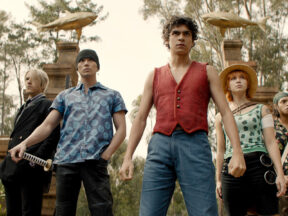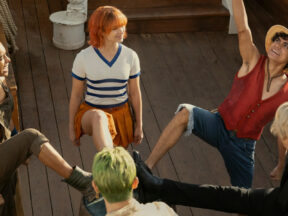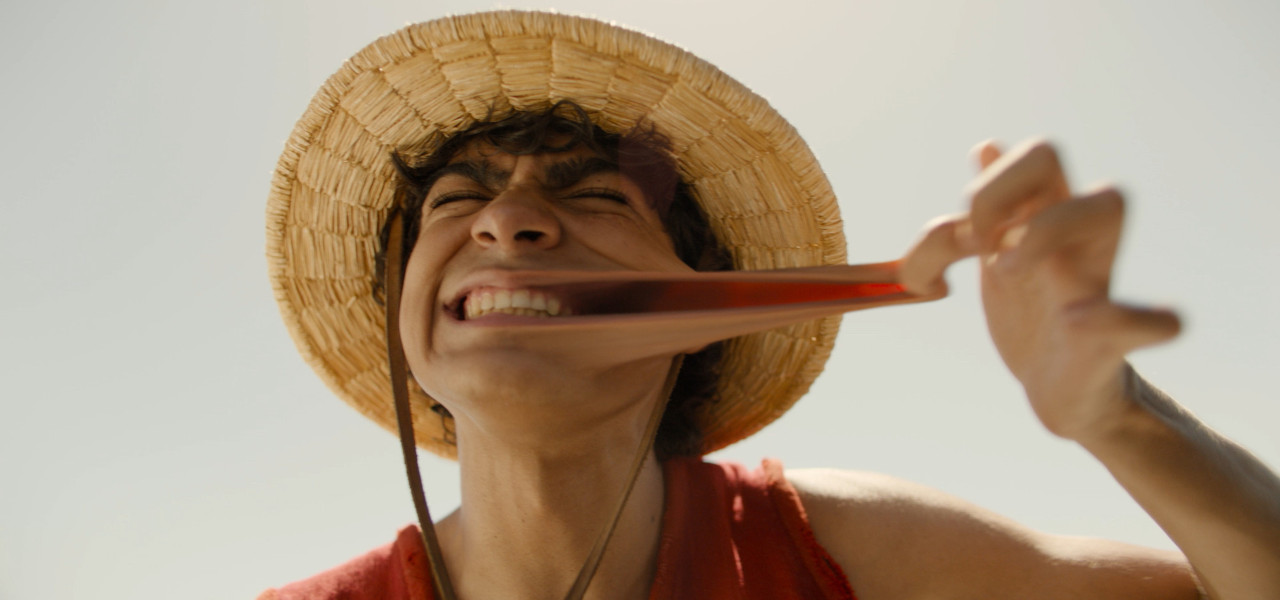
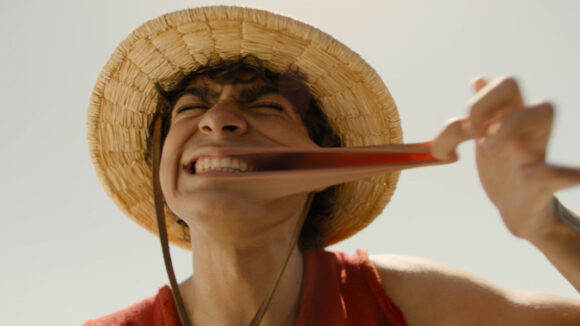
‘One Piece’ VFX Supervisor Victor Scalise On How The Show Balanced Practical And CG Effects
Netflix released its live-action One Piece adaptation last week, and the show immediately caught on with critics and audiences alike, finishing as the most-watched series on the platform for the week of August 28 – September 3.
One Piece isn’t Hollywood’s first attempt to adapt a fan-favorite anime in live-action, but it already looks like the most successful. It certainly leans into the property’s animated roots as much or more than the likes of Netflix’s own Cowboy Bebop or Paramount Pictures’ The Last Airbender and Ghost in the Shell.
To mark the show’s impressive debut, we spoke with vfx supervisor Victor Scalise about how vfx studio Framestore delivered the show’s necessary “cartoony” shots, how to keep those shots from becoming too much, and how the artists adapted some of the original manga/series’ iconic character movements.
Cartoon Brew: The production notes say the show leaned “away from using cgi whenever possible.” Obviously, with a production like this, cg still plays a huge role. How did you decide when to use digital and when to use practical effects? And how did the relationship between the teams responsible for those effects work?
Victor Scalise: I firmly believe there is a place for cg and a place for practical, and working as a team with the sfx department is an important part of any show. We made sure that if we were using cg, it would help to move the story along. It’s very easy to say, “Let’s go all cg for everything,” right from the start, but I like to look at everything from the standpoint of whether it needs to be cg. For this production, it made sense for the News Coo and the Lord of the Coast to be fully cg characters right from the start. As for Luffy’s stretchy powers and Buggy, these needed to be partially cg. Working closely with Franz Spilhaus and Darrel Mclean, our stunt coordinators, we made sure the actors’ reactions were convincing. Also, using props we would remove later for impacts really helped to make everything believable.
This really helps to make the digital effect feel grounded. In this age of filmmaking, the most successful fx are when stunts, sfx, and vfx all work together as a single team. That is when everything feels the most real. It really is a group effort.
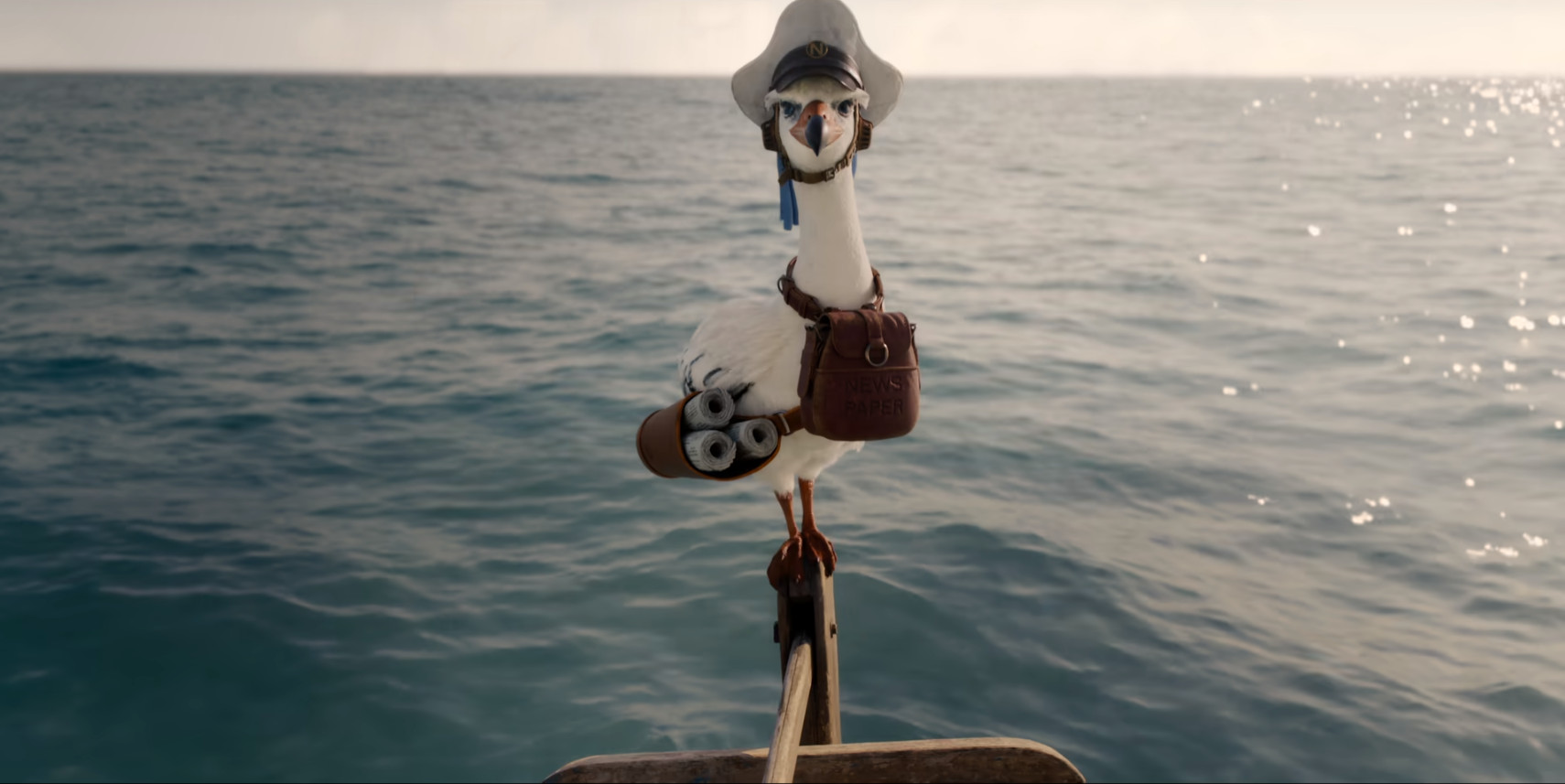
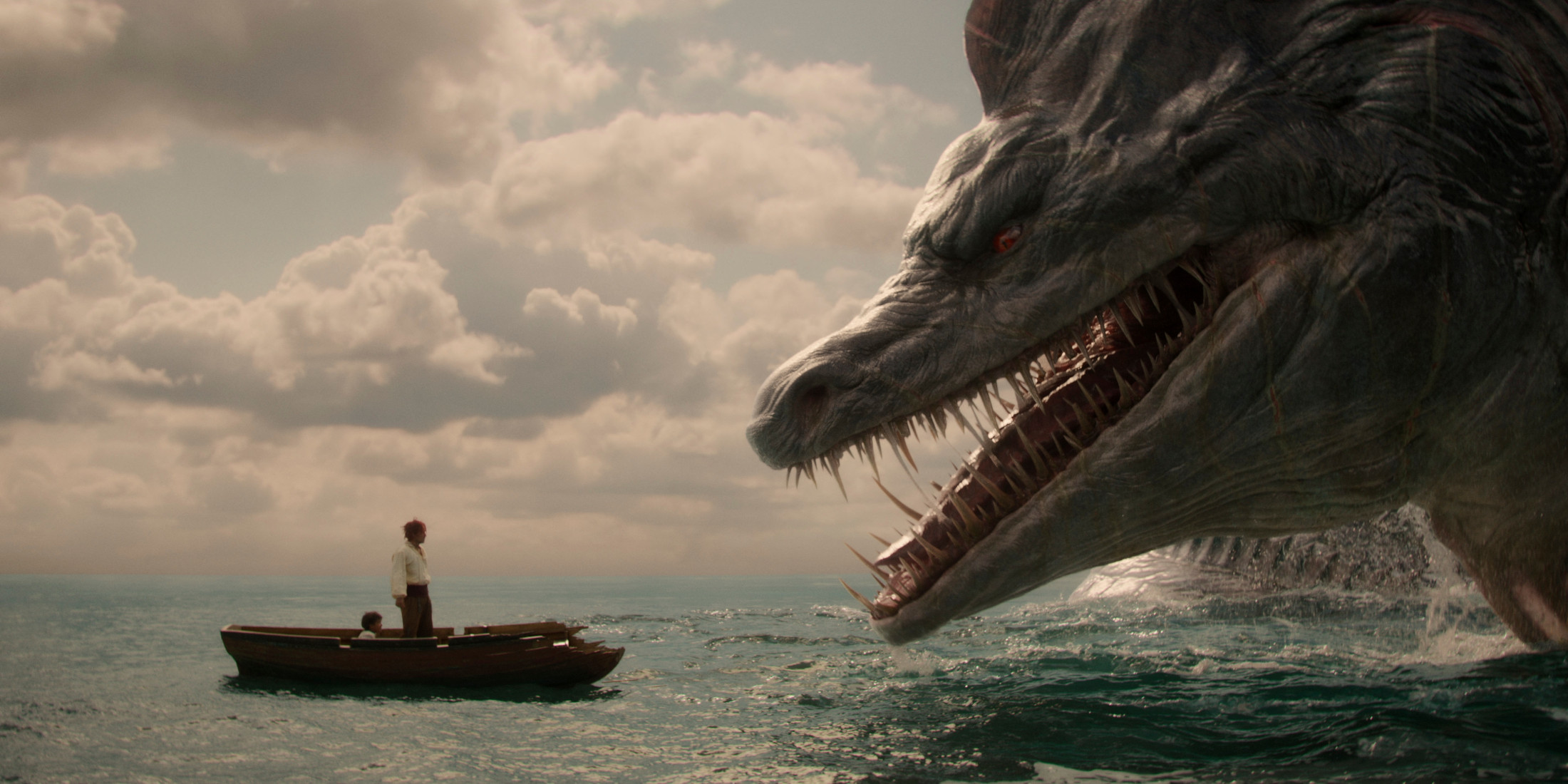
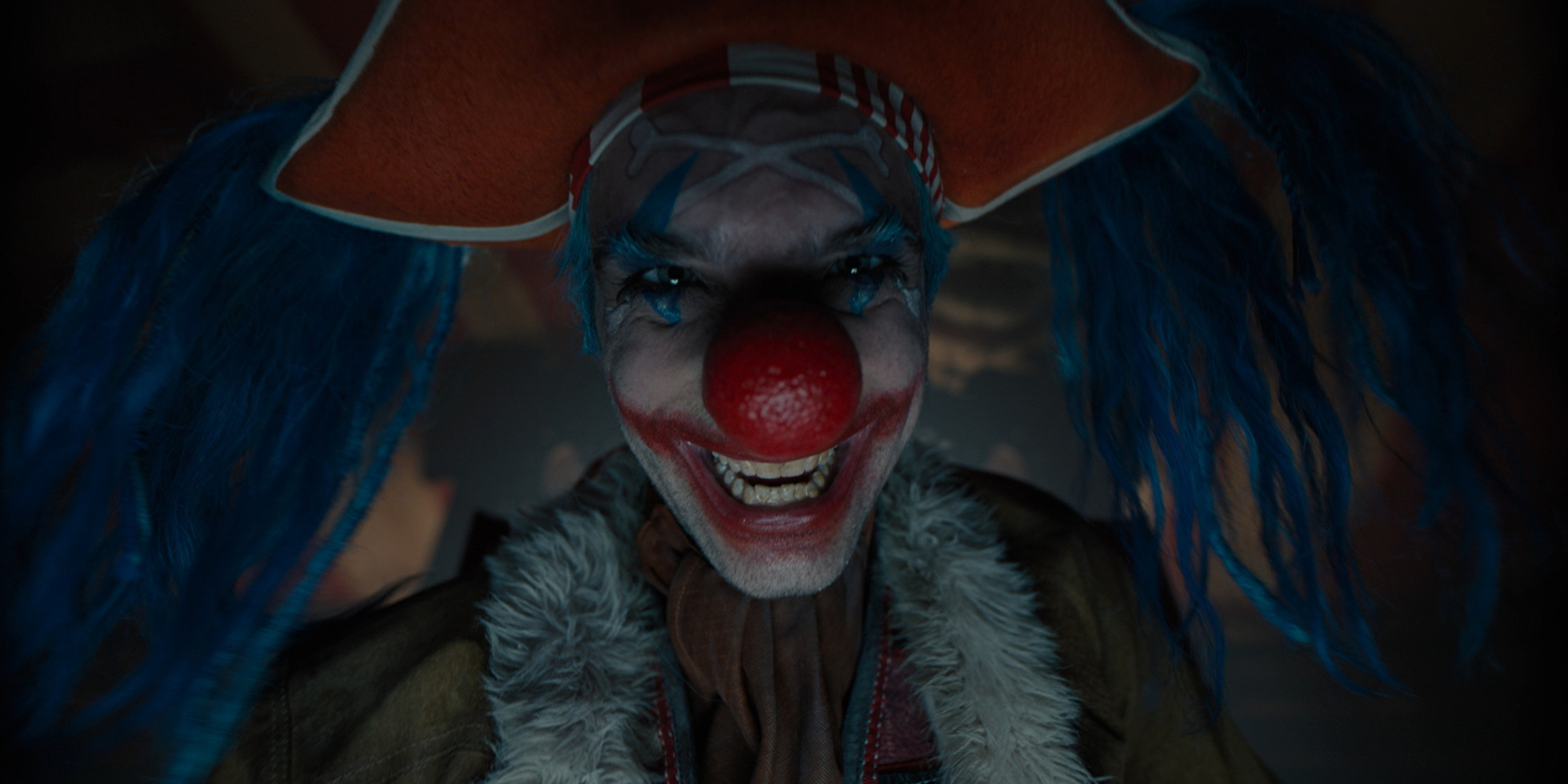
What instructions were given to you for integrating digital effects into the show?
As with most shows these days, our biggest instructions were to make the vfx look real. This world could go cartoony quickly, so we had to make sure to ride the fine line so the effects have a bit of fantasy to them but still feel grounded in the real world.
That said, One Piece needs a bit of that cartoon quality to stay faithful to its source material. How did you decide when to use cg and when it might be too much?
I credit our directors, the stunt team’s choreographers, and the actors who helped keep the cartoony feel out of the vfx. With the punches and kicks, Luffy’s real movements were a great basis for adding our cg appendages. With real human movement as a base, when we added the stretch, we could push it really far without it feeling like we were going past our limits. It was the same for Buggy; we played off of the performance from Jeff Ward and did our best to add how he played the character into the cg pieces. Our animators at Framestore had a lot of fun doing this, and it shows in the final renders. When you combine everything that is already working practically on the set and then hand it to these talented artists, you end up with an awesome product.
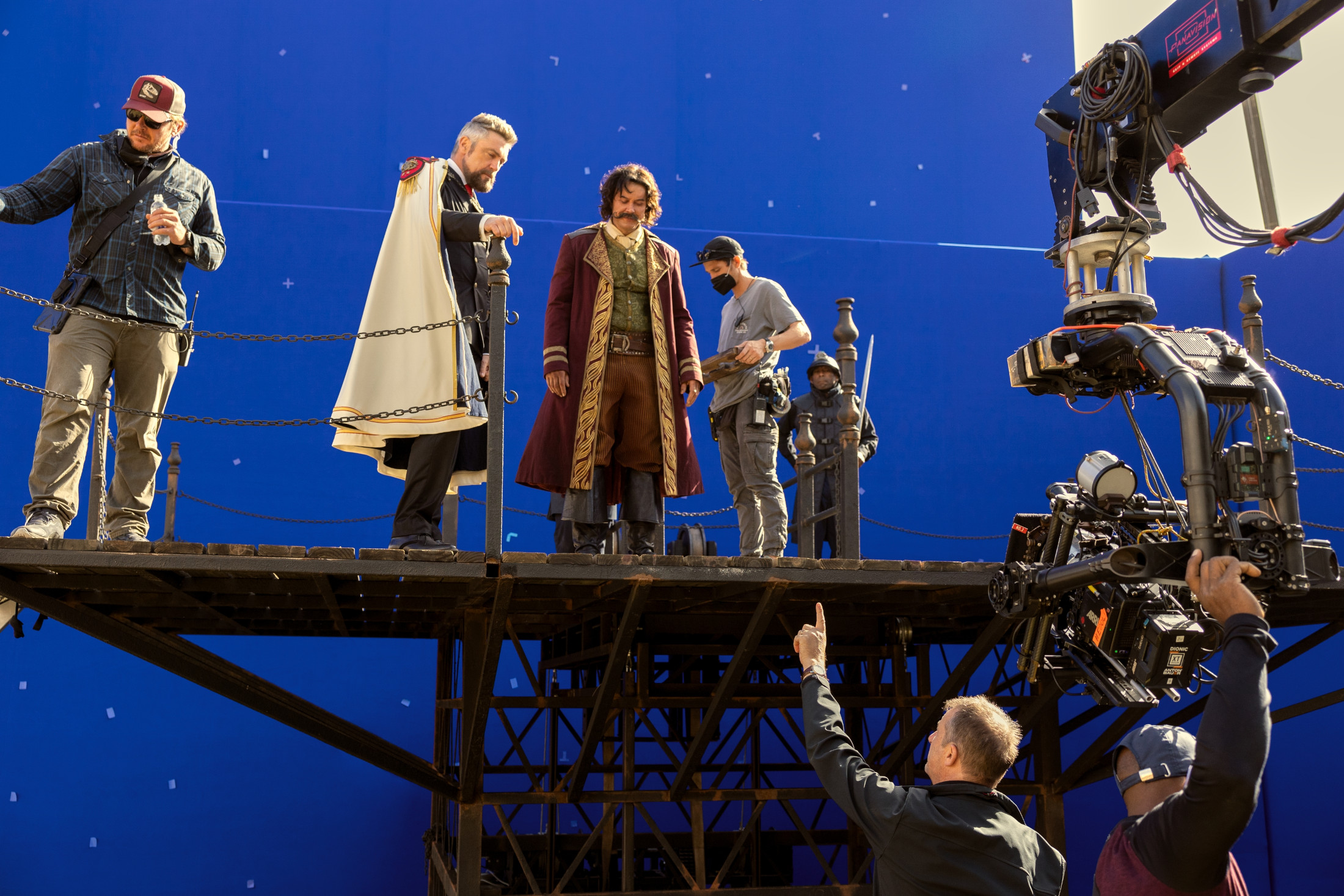
What were your biggest challenges adapting some of the show’s iconic movements, particularly in fight scenes?
When we first looked at the punches, we thought they would be a lot simpler than they were. Once we started looking at dev, we learned quickly that this would be a constantly evolving effect. Framestore put a ton of detail into our digi-double of Luffy, especially on the limbs. We learned that for the cg to have interest and some shape, we had to play around with how the muscles, tendons, and skin textures would interact as we stretched Luffy. We even played around with hair sims to push the detail further. Once we had the formula, we played with how much weight we needed to add to his fist or foot and how that would bend or ripple the arms or legs. As we finished more shots, we found adding more flex and bend really helped to give life to the effect without it feeling like the old Stretch Armstrong toys or Silly Putty. At one point, I told Andy Zazzera, our Framestore supervisor, to tell the artists to have fun and push it to the limits, and they came up with some amazing stuff.
Because of that, we adjusted about seven shots that were already finalized because we learned so much and could have more and more fun with the power. The harder we pushed the effects, the more they actually made it cooler and more believable.
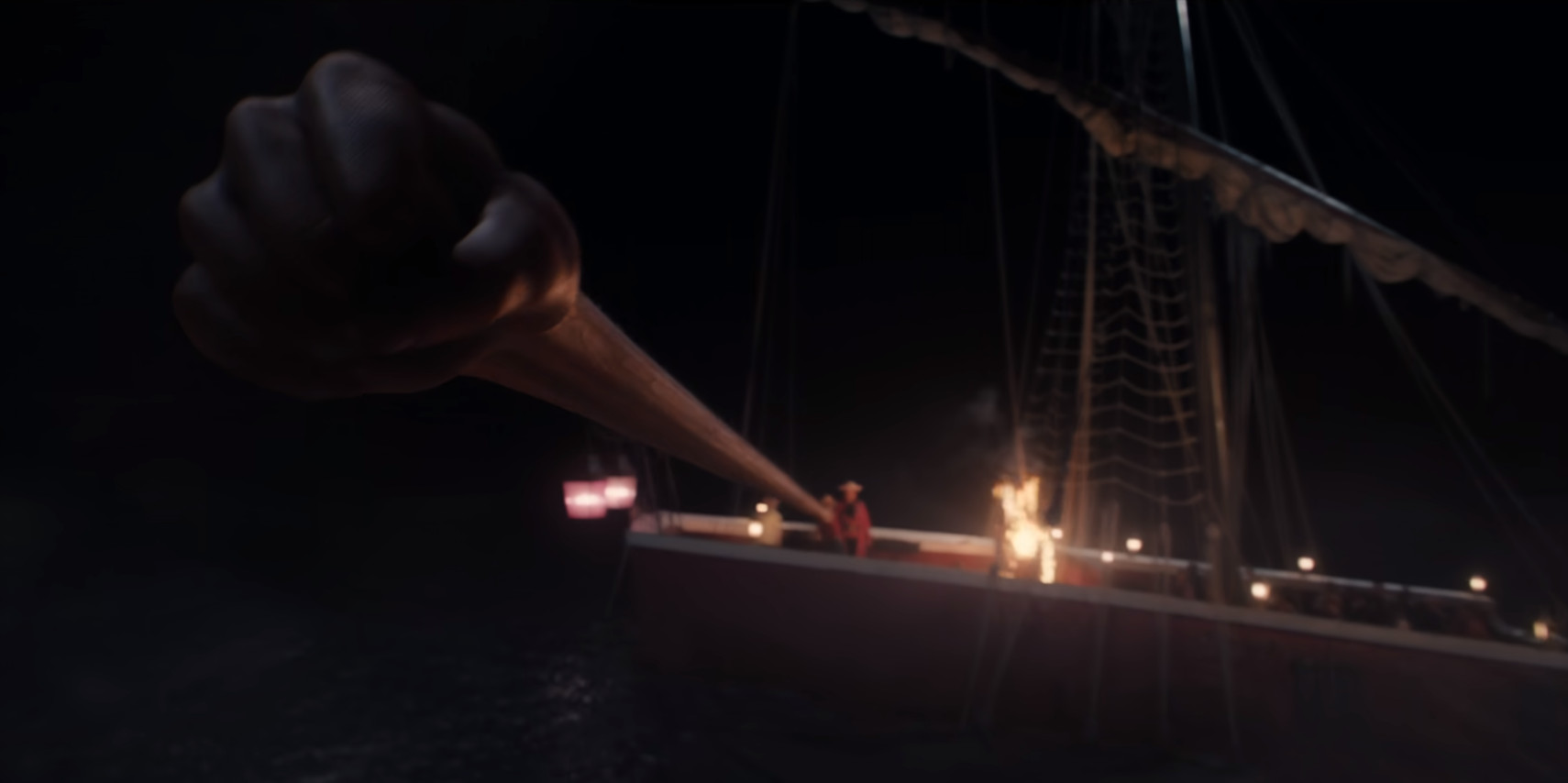

.png)
